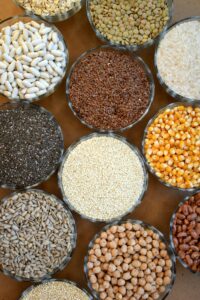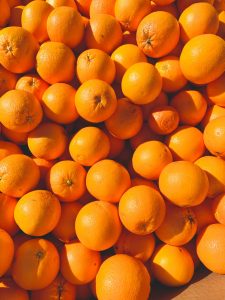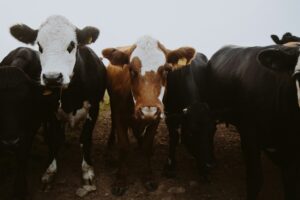
The whole truth about whole grains
According to a new report by Boston Consulting Group (BCG) entitled The Whole Truth about Whole Grains, there is huge opportunity in food system transformation,
Photo by WORKSITE Ltd. on Unsplash
The Bureau for Food and Agricultural Policy (BFAP) 2020-2029 Baseline has been released, and we will be studying it to see what updates are required to Agribook content pages. We will also do two or three blogs on the BFAP findings. The first blog is on the place of agricultural inputs in South Africa.
South Africa is a net exporter of agricultural products. The sector is valued for this, not only as an employer, but also because of the foreign exchange that is spent by other countries on buying our products. It is money that comes into our country and helps with our balance of payments. (A country that has more money flowing out than is coming in soon ends up with debt and other issues).
A sobering note though is how dependent we are on several major inputs. This has been pointed to over the years in studies and policy documents – the government’s Agricultural Policy Action Plans (APAP) in 2015 and in several BFAP Baselines, for example.
The 2020-2029 Baseline looks at some of these: products related to mechanisation (e.g. tractors, implements, machinery and parts), fertilisers, animal feeds and plant protection chemicals. We quote and bullet point the following:
The risks associated with the high dependence on imports for critical inputs are twofold:
A weak Rand means that the money exporters get translates into more Rands, and so that is the positive. The negative is that when the Rand becomes weaker, more money has to be spent to buy the same goods.
Since they are derived from oil, fuel and fertiliser prices are directly influenced by oil prices, while sea freight and distribution costs mean that the oil price affects all imported inputs like chemicals, plant protection and machinery.
The 2020 Baseline tells us that over the past decade, these two factors and rising labour costs have led to substantial increases in the input cost structure of the sector.
BFAP is always at pains to emphasise that it is “NOT a forecast but a look at COULD happen under a particular set of assumptions”. So what is it that could happen?
Inefficiencies in the supply chain can risk food security and cause loss in income and jobs, and “South Africa’s agricultural input supply chains face a number of challenges in the midst of the COVID-19 crisis amidst significant volatility and the poor economic prospects”.
Some of these cannot be helped, yet what can make a huge difference is access to and distribution of inputs is proper planning and management of supply chains. This includes everything from when the input crosses the oceans to when it arrives on the farm: the shipping, what happens at the harbours, the inland transport, warehousing and all related support services.
Relevant pages on the Agribook website include:

According to a new report by Boston Consulting Group (BCG) entitled The Whole Truth about Whole Grains, there is huge opportunity in food system transformation,

Press release The Department of Agriculture, Land Reform and Rural Development (DALRRD) and the Department of Trade, Industry and Competition (the dtic) have announced that

Press release The Department of Agriculture, Land Reform and Rural Development (DALRRD) would like to alert importers and exporters of live animals about the newly